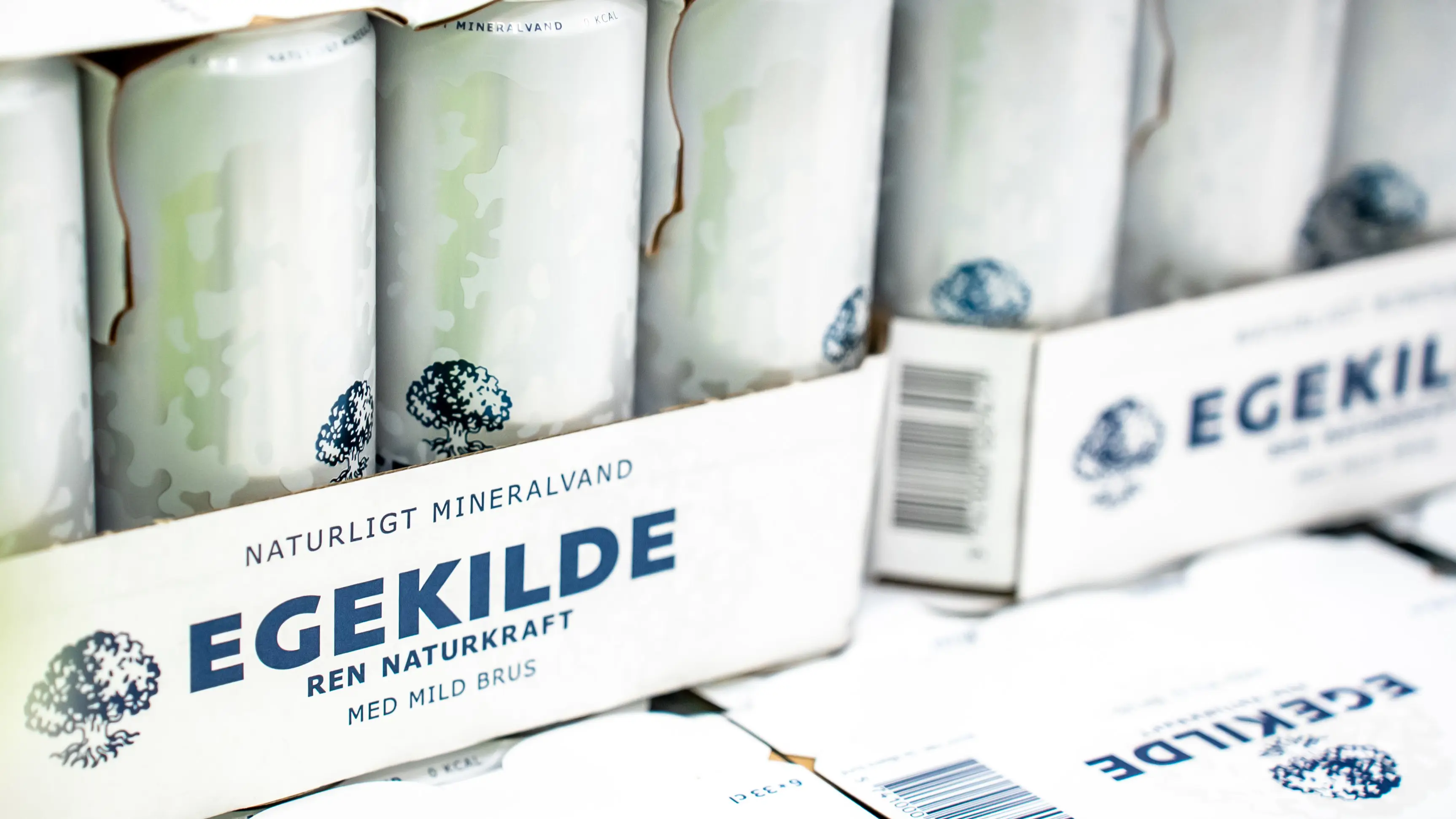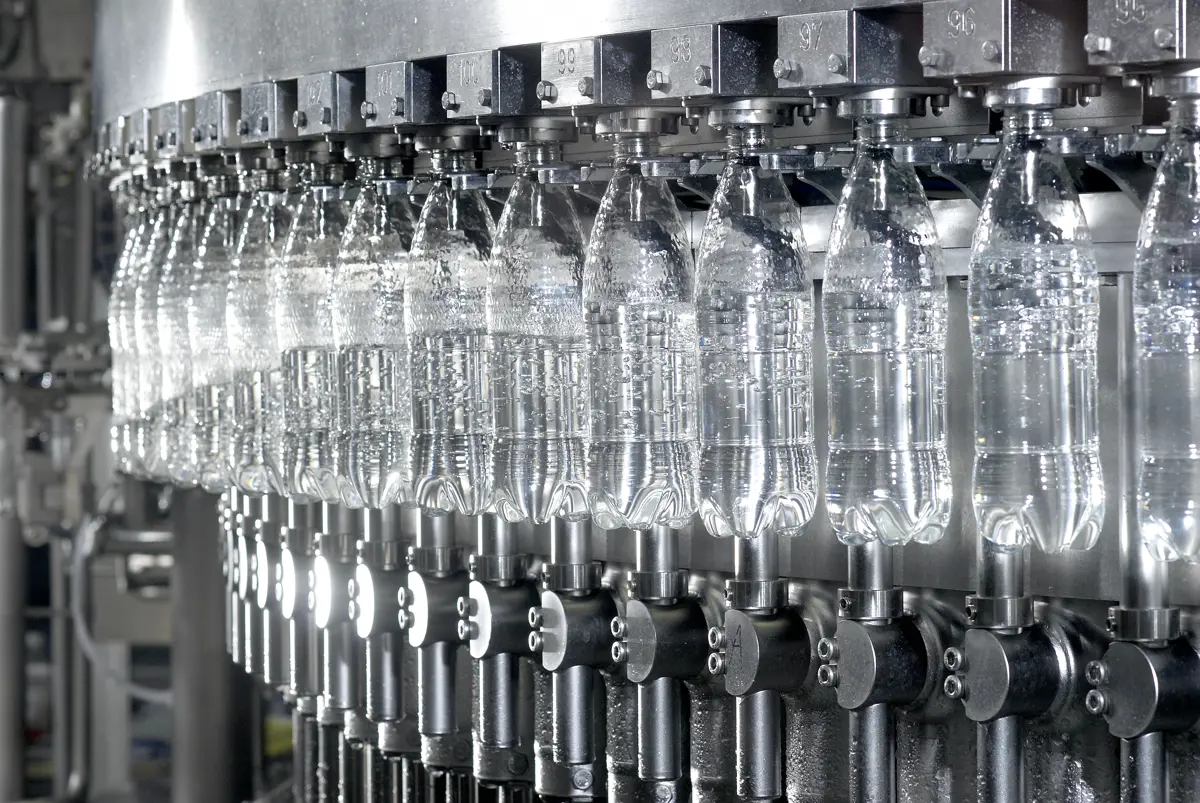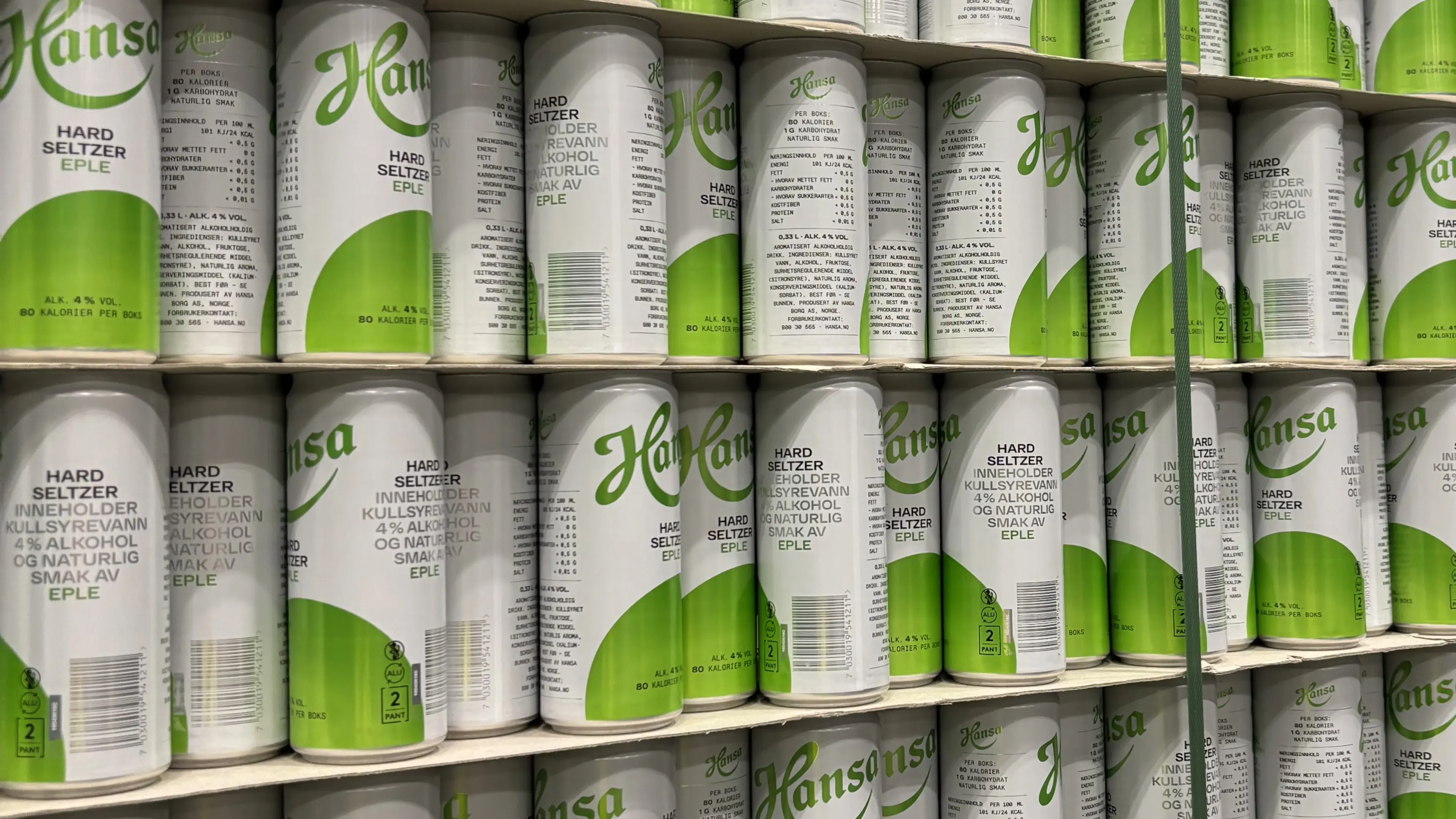Our Packaging

Toward 100% Circularity
Our goal is to achieve 100% circularity in packaging materials by 2030, driven by a continuous focus on reduction, reuse, recycling, and waste minimization.
Resource consumption and circularity in the beverage industry are closely tied to packaging materials. Packaging is essential for product protection during transport and storage, but it also contributes approximately 47% of our total carbon emissions. We work closely with suppliers and experts to understand the full environmental impact of packaging, both upstream and downstream.

Circularity Through Reduction
We focus on down-gauging and increasing recycled content across packaging categories, supporting our circularity and emissions reduction goals.
In 2024, we increased the recycled content in PET bottles, further reducing their environmental footprint.

Reuse and Recycling
We are addressing transitional risks related to packaging materials, including new EU regulations and challenges in accessing high-quality post-consumer recycled material.
In 2024, 95% of our packaging were either reusable, recyclable, or containing recycled materials. This achievement can largely be attributed to well-established deposit return systems (DRS) in our main markets. The remaining 5% includes laminates, bag-in-box concepts for wine and soft drinks, small plastic-based kegs, and liquid paperboard. The latter meets EU definitions for recyclability.
We are revising our targets to include specific reuse goals and expanding the scope to all packaging materials, with requirements related to renewable energy at our suppliers.

Promoting Deposit Return Systems
We support a circular economy for our packaging where 100% of packaging is collected, reused, or recycled, so that none of it ends up as litter or in the oceans.
In our main markets, Deposit Return Systems (DRS) is one of the ways we engage with consumers to close the loop. We collaborate with our peers, customers, and consumers to enhance recycling and collection systems, both in markets with established deposit return systems and those under development.

Investing in Innovation
Our sector relies on reusable, such as kegs and glass bottles, and recyclable packaging systems, supported by strong DRS in many markets, where return rates are approximately 90%. This prepares us well for the EU’s packaging waste legislation and extended producer responsibility, but we continue to make efforts to improve.
We are continuously investing in new technologies and filling lines that substitute plastics with renewable paper and cardboard. In addition, we test reuse and recycling concepts for cups and plastic kegs at our customers and venues, leveraging existing deposit return systems that already have the logistics setup.

Ensuring Food Safety Through Packaging
Food safety requirements for primary packaging are stringent to protect products, avoid food waste, and ensure consumer health. Our approach to circularity prioritizes the protective function of packaging materials.
We use materials that can be easily separated, sorted, recycled, or reused, and we continuously review our assortment to reduce complexity.
Reducing the Impact of Our Packaging
Packaging accounts for 47% of our Scope 3 emissions, making it the largest contributor in our production value chain. Cans represent the greatest share due to high volumes.
To reduce this impact, we are working across the value chain—from material choices to end-of-life solutions.
Our Goals for Circular and Responsible Packaging
We have set clear, time-bound goals to reduce the footprint of our packaging:
- 100% circular packaging by 2030
- 100% recycled, recyclable, or reusable packaging by 2025. In 2024, we reached 95%.
- 100% recycled content in cardboard, paper labels and shrink film by 2030.
- 80% recycled content in PET bottles by 2030.
- 100% FSC or PEFC-certified fiber-based packaging. Goal achieved.
- Zero deforestation in packaging supply chains by 2025, supported by our SBTi-approved FLAG targets
Smarter Design and Close Collaboration
We work closely with our suppliers and experts to understand the full environmental footprint of our packaging—both upstream and downstream.
We focus on:
- Rethinking and reducing material use
- Reusing where possible
- Maximizing recycling, without compromising food safety or functionality
As part of this, we are redesigning packaging formats to use fewer resources while maintaining product protection. We are also investing in new filling lines to enable a shift from fossil-based plastics to fiber-based packaging.
Looking Ahead
Packaging plays a vital role in protecting our products and reducing food waste. Yet, we recognize that packaging improvements alone are not enough. We will continue to identify and quantify new actions to close remaining gaps and meet our circularity targets step by step.